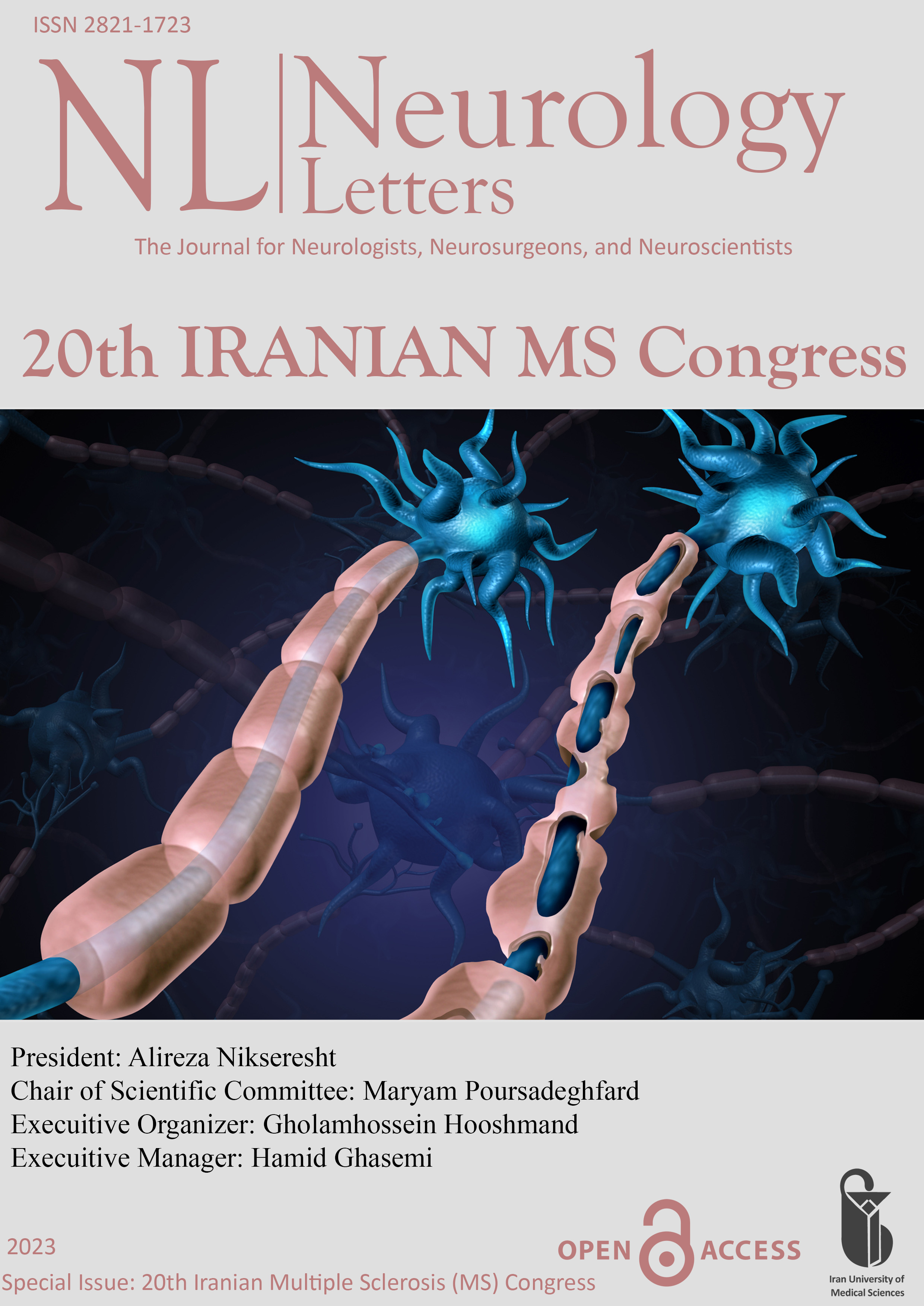Lower urinary tract dysfunction in Multiple Sclerosis, Updates (ORP-31)
Document Type : Oral Presentation
Author
.
Abstract
MS is a leading cause of LUT dysfunction in neurological i patients and LUT symptoms are reported in an average 8 yrs after the diagnosis of MS.
LUT dysfunction is simply and traditionally divided into Storage failure , emptying failure and combination of these two. Today ICS classification is based on UDS characteristics measured for both storage and emptying phases.
The management of LUT dysfunction is highly personalized and focuses, primarily, on the improvement of patients’ symptoms and QoL and secondarily, on the preservation of the upper urinary tract and avoidance of urological complications (e.g., urinary tract infections, bladder stones, and renal impairment .
First-line treatments include fluid management, pelvic floor muscle training (PFMT), and medical therapies (e.g., antimuscarinic agents alone or in combination with B3 receptor agonists ).
second-line treatments include BTX-A injections, intravesical therapies, invasive and non-invasive neuromodulation, and catheterization. Surgery may be indicated in select cases.
First-line management can be initiated in neurological practice, but early referral to a urology service should be considered in certain situations, specially if red flags are present.
Keywords
 Neurology Letters
Neurology Letters
